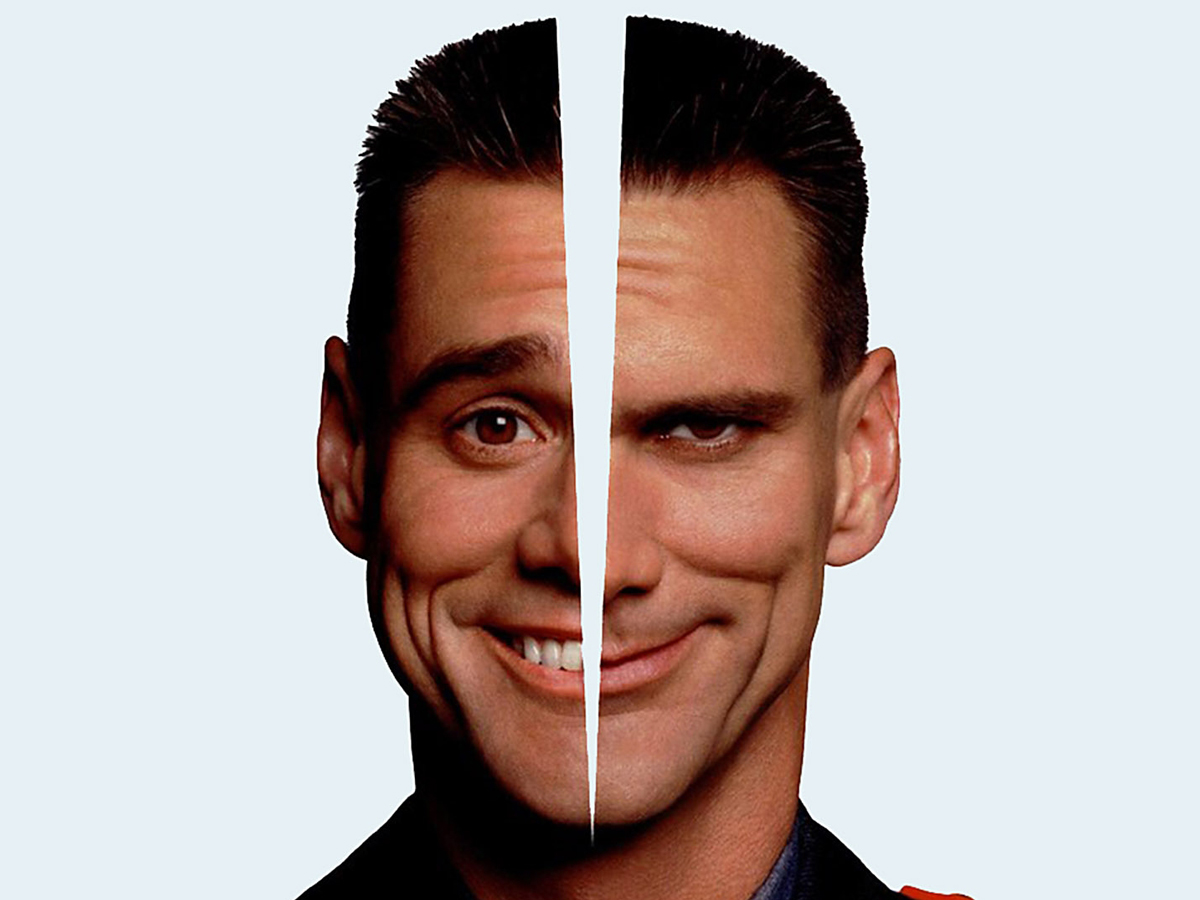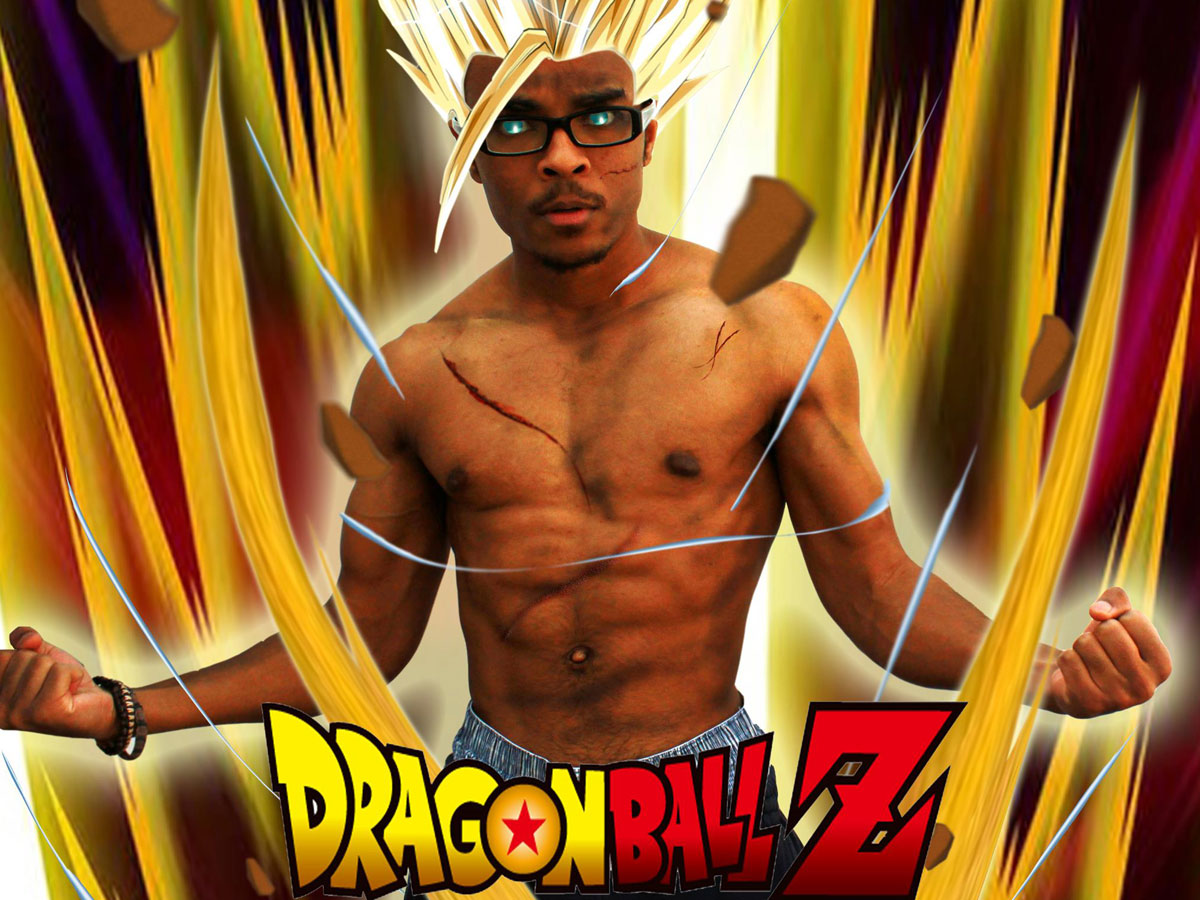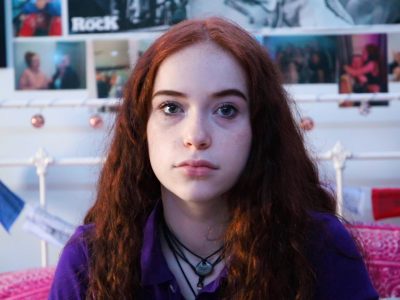The Dangers Of Mocking Mental Health In Film
Is film irresponsible in its depiction of mental health? Ashleigh investigates.
It’s 2016. We live in a progressive society where all military positions are available to women and same sex marriage is legal. Meanwhile, mental illness faces constant stigma in the mass media. Unless you study psychology, chances are most of your knowledge about mental illness comes from newspapers, magazines, films and TV. False representations in the media feed off of prejudice and fear, which encourage damaging stereotypes. It’s estimated, that a quarter of the UK’s population is experiencing mental illness… So, why is it a taboo subject?
I set out to explore two genres that tend to treat mental health as a joke or as a danger to society to try and understand whether these stigmas are making their way into society.
Comedy
‘…we’re men, we’re supposed to be tough’
Whenever men are asked to share their opinions about the stigma attached to mental illness. With answers like ‘we’re men, we’re supposed to be tough’, it’s clear that the discrimination towards men and mental health must change. The 90s, an era of male-gone-mad characters, saw box office successes like ‘Goodfellas’, ‘Fight Club’ and ‘American Beauty’, which dealt with social anxiety, insomnia and depression. Harold Ramis directed a not-so celebrated comedy in 1999, which is considered to have scant regard to realism. Many people presume that mental illness is triggered by traumatic events in the past. It’s a myth. They are usually developed with no history of drama. Then again, it’s no surprise people believe this with careless scripts like ‘Analyze This’.
In this film, Paul Vitti (Robert Di Niro), the lead thug in a New York mafia group, is required to be strong, unemotional and invulnerable. But, what we see is quite the contrary: uncontrollable mood swings, panic attacks and hypersensitivity. Paul witnesses a trauma as a child (the assassination of his father) and the guilt that he was unable to do anything to prevent it plagues him. Since the inability to inflict harm is a serious liability in his line of work, Paul finds reinsurance in Dr Sobel (Billy Crystal). Concerned more with his reputation than wellbeing, Paul discloses, ‘If I talk to you, and you turn me into a fag… I’m gonna kill you’. Paul has been shoved outside the conventions of gangster crime. Growing up, boys usually encounter the ‘Boy Code’ – a set of expectations about how men should think, feel and act: “be tough”, “be independent”, and “don’t show any emotion except for anger.” Whether it’s a critique or mockery, ‘Analyze This’ mimics the stigmatizing attitudes within popular culture, with respect to men and mental health.
‘Lunatics at large’ films are based on people with mental health problems.
Lifting ideas from ‘The Truman Show’ and ‘To Die For’, Shira Piven’s ‘Welcome to Me’ is a black comedy, which casts the admirably-awkward Kristen Wiig as an unstable Alice Klieg. After winning $86m in the state lottery, she takes a leaf out of Oprah’s book and creates her very own TV show, focused on herself, of course. Alice, who is diagnosed with Borderline Personality Disorder, uses the show as an introductory, when she says, ‘I was a summer baby born in 1971 in Simi Valley, California, and I’ve been using masturbation as a sedative since 1991’. While it’s a giant step forward from the dated ‘crazy lady’ of thrillers like ‘Play Misty for Me’ and ‘Fatal Attraction’, Alice seems to carry traits unconventional of BPD. With this illness, you can experience hypersensitivity, paranoia and psychotic behaviour – compared to Alice’s narcissistic traits. BPD is much more than a ‘look at me’ exhibition, Piven hasn’t represented the many complexities of the mental illness, only that of bipolar mania and schizophrenia – with Alice’s personality quirk and manic make-up.
‘Lunatics at large’ films are based on people with mental health problems. In ‘Me, Myself and Irene’, Jim Carrey (the shaggy-haired comedian, who will almost-always descend into madness) stars as a state trooper, who is diagnosed with ‘delusionary schizophrenia with narcissistic rage’. Having schizophrenia causes difficulties with perceptions (hearing voices), beliefs (paranoid ideas) and behaviours (social withdrawal). After his wife leaves him, Charlie Baileygates (Jim Carrey) stops his medication and unleashes an abhorrent alter-ego called Hank [the rest of the name is way too rude for our sensitive eyes] on the people around him. Charlie defecates on a neighbours’ garden, smashes up vending machines and terrorises children, while his girlfriend (Renée Zellweger) awkwardly apologises, by saying he is a ‘schizo’. Charlie’s symptoms have been blown out of proportion (yes, for comedy effect), but this leaves viewers with a false image of schizophrenia. Peter Farelly advertises the disorder – and Hank, as a violent threat to society – when schizophrenics are far more likely to be the victims than the perpetrators of violence. Does showing an accurate portrayal really sacrifice entertainment value?
Horror
Psycho killers, unhinged stalkers and crazy patients are Hollywood’s definition of the mentally ill – but, it only invites cinemagoers to assume they should be feared. The shower sequence in ‘Psycho’ is one of the most iconic scenes in cinema history. The scene opens with Marion (Janet Leigh) taking a shower. Norman Bates (Anthony Perkins) throws the shower curtain aside (violins screeching in the background) and repeatedly stabs her in the back, leaving her to die. The killer is later discovered to be wearing his mother’s clothes, while believing he is his dead mother. Bates, suffering from a personality disorder, is portrayed as a serial killer, who hears voices from his mother to murder others. Such distorted images of the ‘homicidal maniac’ encourages prejudice to the majority of people suffering, when most violent crimes are committed by those without mental health problems.
Cinematographers, like Yaron Orbach and Edward Lachman, try their best to sexualise people with mental health problems through a seductive, – and equally-degrading lens. From ‘The Ward’ to ‘Excision’, young women have been fetishised because of their mental vulnerability. Provocative clothing and pig tails seem a likely match for women casted in these low-psychology horrors. ‘The Ward’ – a disappointing decline from ‘John Carpenter’s Halloween’, which set the standard for slasher films of the 80s – is guilty of pseudo psychology. The protagonist, Kristen (Amber Heard), is a young patient who was admitted to North Bend Psychiatric Hospital, with a diagnosis of Dissociative Identity Disorder (DID). With this illness, many people experience depersonalisation, severe amnesia and derealisation. Filled with clichés and genre tropes, Orbach stresses Kristen’s vulnerability as he pans across the shower room, in an establishing shot of exposed women. Later, we learn that Kirsten is one of the multiple personalities of the ‘real’ Alice Hudson, as are the other inmates: Iris, Sarah, Emily, and Zoey. Bethany Brand, psychology professor at Towson University, says that there are many misconceptions with DID, the most prevalent being ‘different people living inside’. Don’t believe everything you watch: mental health is a real issue that is affecting the lives of 615 million people across the world..
When asked what traits define film characters with mental illnesses, the top answers were ‘violent’ and ‘weird’. Of course, film is not the only source of negative stereotypes. But, the media is an important part of shaping peoples’ attitudes about the world we live in. Films have the ability to spread awareness, and we have the ability to change trends.
So let’s talk about mental health. Chat with us over at @rifemag
If you’ve got any more questions about mental health, you can find out more from Off The Record on the Rife Guide.

About Rife






